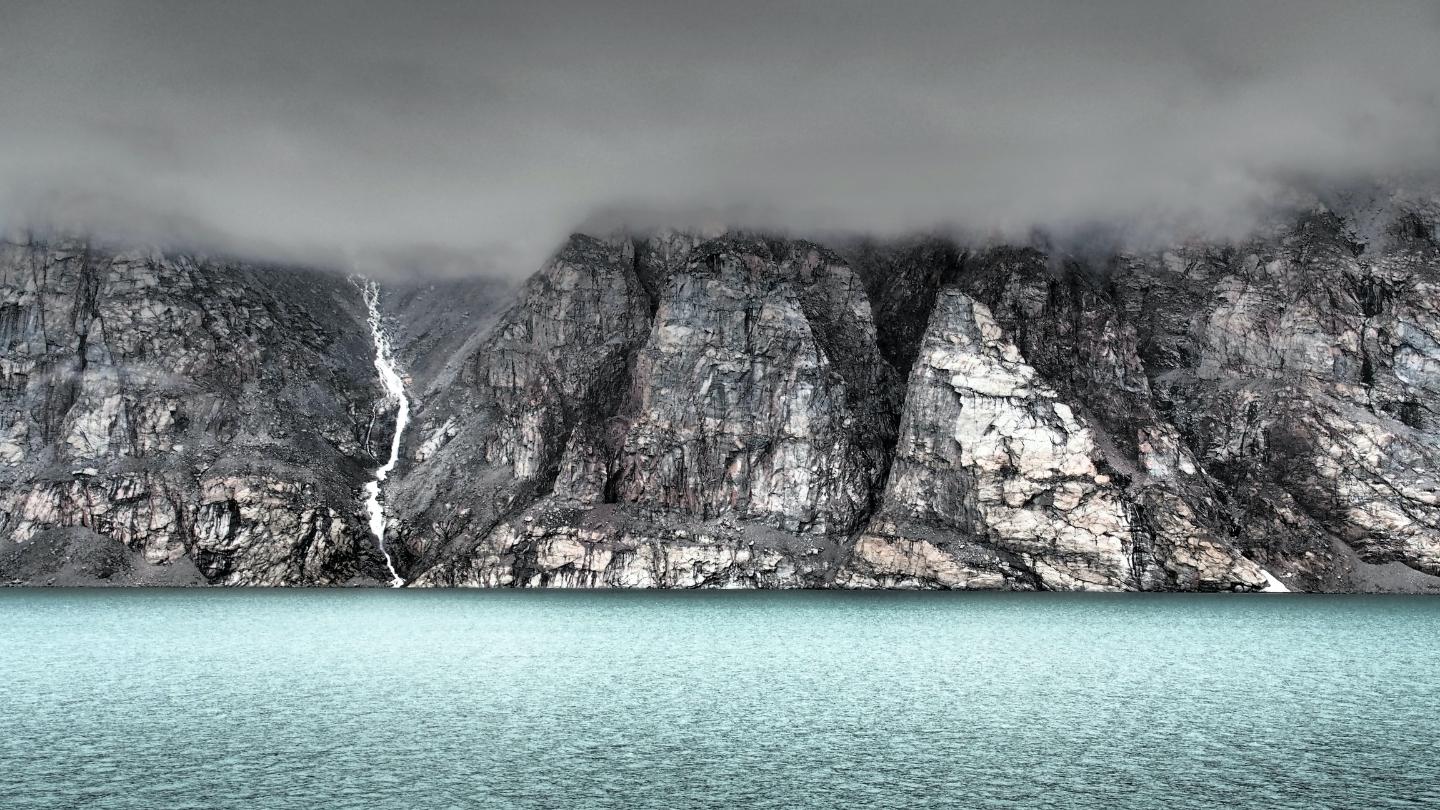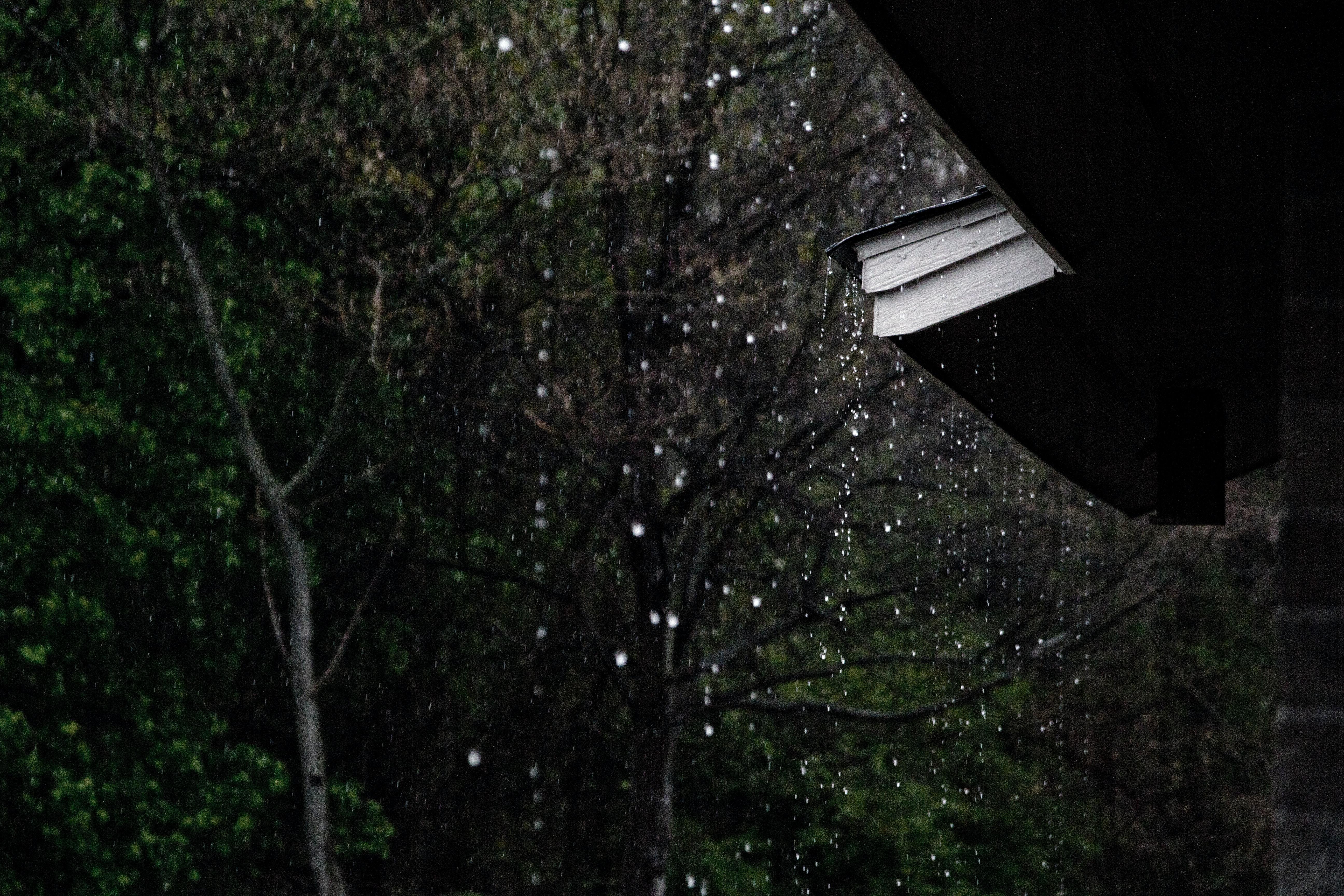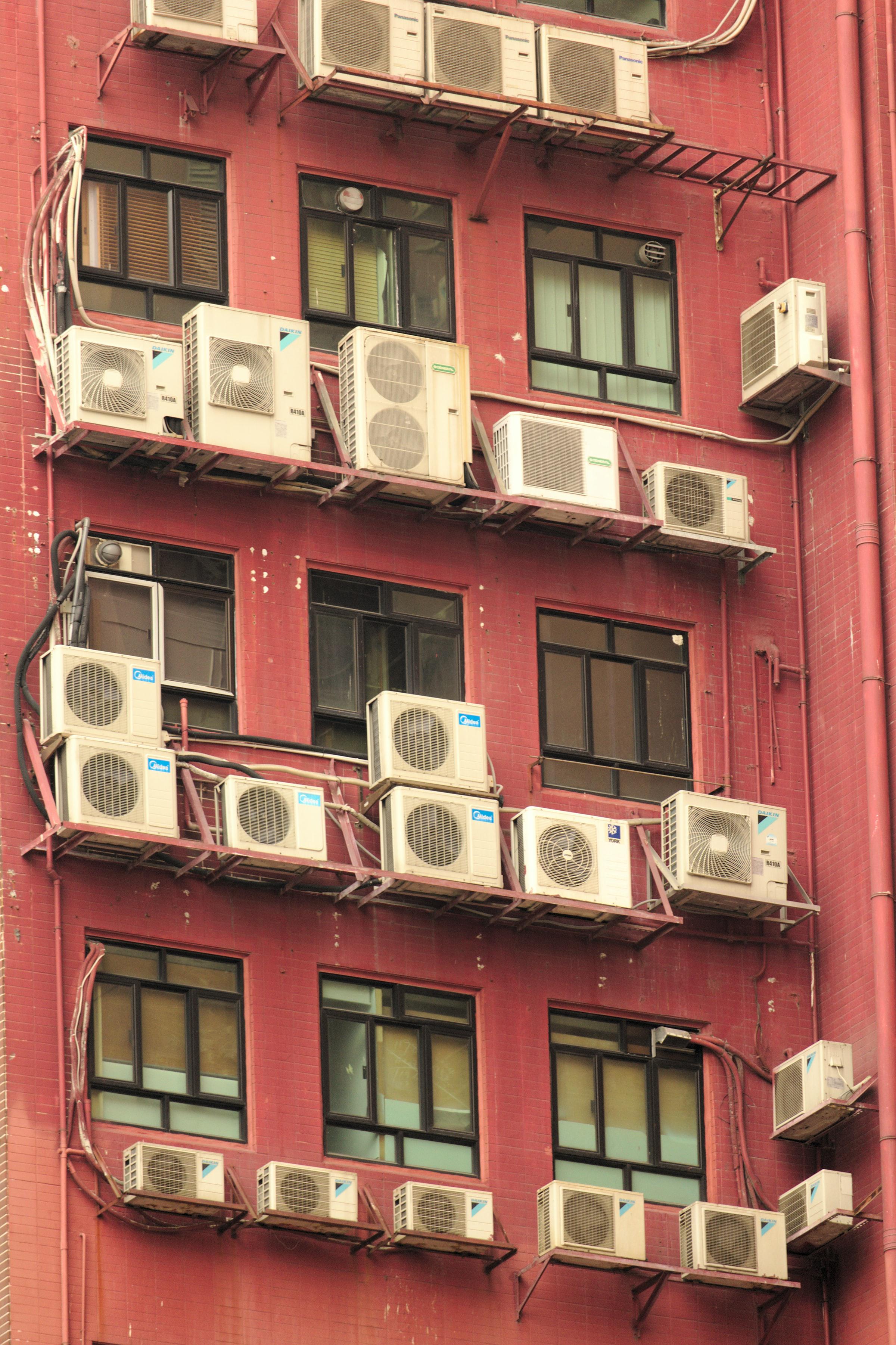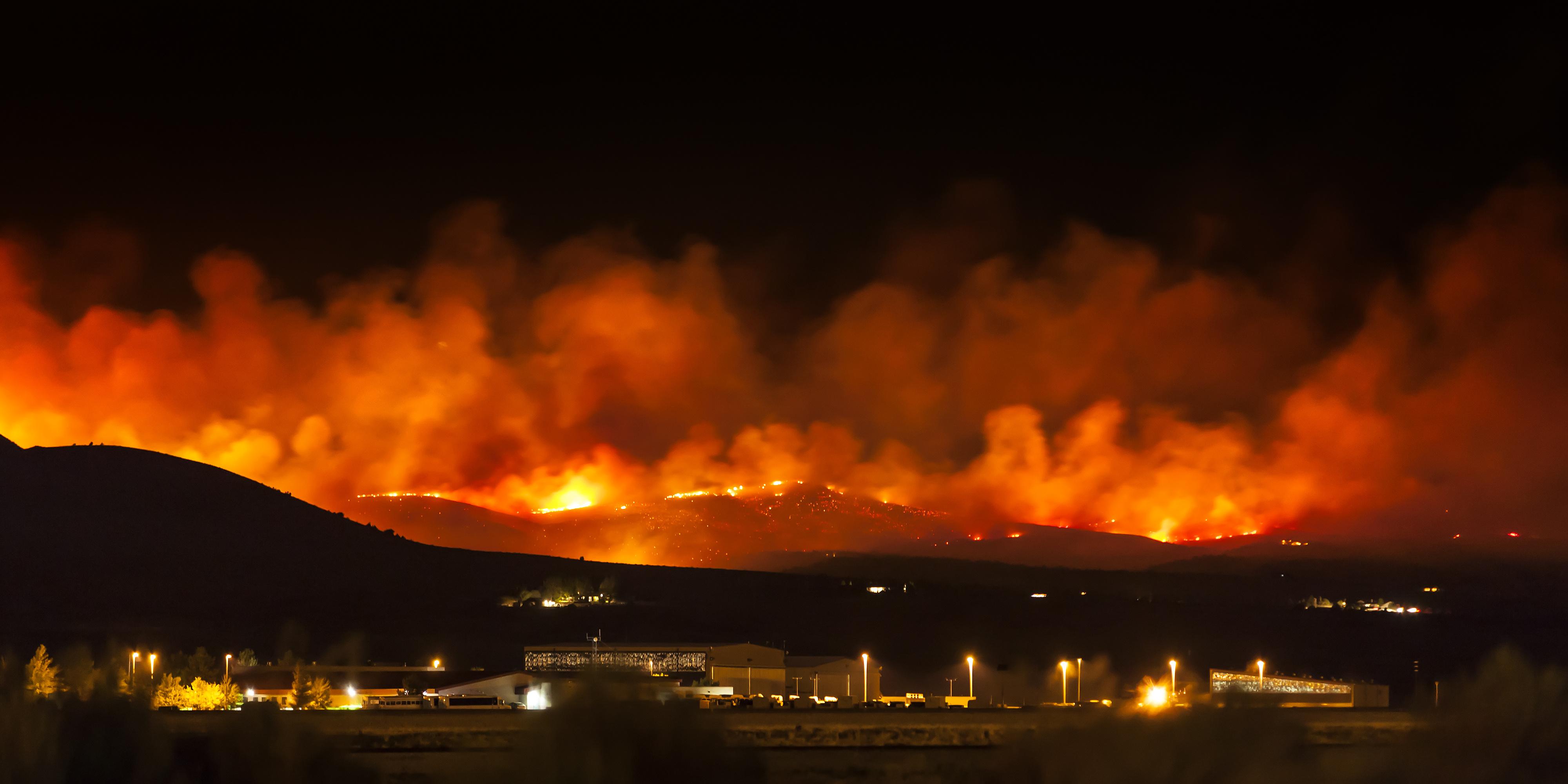Being able to look into the future is a skill that mankind has dreamed about for thousands of years. But seasteading expert Marc Collins believes that the future lies in floating cities where we’ll be able to grow meat in laboratories and drink desalinated sea water. It’s not that crazy (at all) to believe that once the sea levels rise far enough that humanity will have to either leave the planet or adapt to the new high waters. Marc Collins is the co-founder of Blue Frontiers, a company that aims to design these cities on the sea.
Marc Collins: The pilot project is quite modest. So before we go out and build huge floating structures for hundreds and thousands of people we’re building a small pilot which will be about the size if you can imagine a soccer field—It’s around 7500 square meters.
The engineers are saying it shouldn’t be a single platform, it should be multiple smaller platforms. So maybe 12 platforms of 625 square meters. So imagine a platform 25 meters by 25 meters next to another one with connecting bridges.
And the reason for smaller structures is that we’re going to be inside the reef, within the lagoon of an island. And what you don’t want is to cast a shadow on the bottom of the lagoon that will obviously impact photosynthesis which means we’ll have a problem with the environment. So we needed smaller platforms in order for light to penetrate and we need deep lagoons.
So we had to literally do an inventory of all of the depths of the lagoons around the main islands we’re interested in. We found certain lagoons and the engineers are telling us and environmental consultants are saying that between 25 to 30 meters of depth we will be very—we won’t have an impact on the light situation. So that’s one of the elements of location.
Now in terms of size, because it’s a pilot we don’t anticipate being able to be completely self-sustaining on food. We can be completely autonomous on energy, on fresh water, completely recycle our gray and black water, do all of that and deal with our trash.
What we’re not going to be able to do on the pilot is be 100 percent self-sustaining for food. But we do have a food group that’s involved in trying to look at these technologies and what we can do. And we’re looking at all sorts of stuff.
I mean there’s one thing that kind of came out of a laboratory in Hawaii from NEL, the National Energy Laboratory in Hawaii. They call it “cold ag”, cold agriculture.
What it is is you put a pipe, a small pipe maybe 500 to 900 meters deep. You bring in cold, deep ocean water—so it’s similar to the sea water air conditioning systems. There’s been two of them put—the first two have been put into resorts in French Polynesia so those are installed and working.
The difference here is that you run the cold water through copper pipes, so small little capillaries that you bury under soil.
So the air in French Polynesia is very humid and warmer, so when that warm moist air hits these tiny capillaries, even under the ground, what happens is obviously you get condensation and moisture around those tubes.
And what you do then is you plant cold weather plants, you know, fruits, vegetables, strawberries, raspberries, and the roots actually will go down to these tubes and they’ll pick up the moisture.
So you’ve got a system that uses very little energy to create fresh water for your agriculture, and it seems that the vegetables are tricked by the temperature at the root and not the temperature at the leaves.
So you basically get the sunlight from the tropical environment but you get the cold—the fruit, you know, the strawberry thinks it’s in Maine but suddenly it’s producing very quickly. So this is not new technology. This has been tested now for many years. It’s one of the technologies we’re looking at to have some vegetables on the seastead itself.
We’re looking at algae. There’s a number of consumable algae out there. I’m not the expert on our team but we do have a full team of food experts that are trying to see what we’re going to be eating onboard the seastead.
We are not going to be bringing cows and cattle onto the platform. It’s very expensive in terms of real estate. So there’s all sorts of strategies about what exactly could we eat as alternatives to meat. Is it lab grown meat? That’s a huge leap in technology that’s fairly recent where you can grow actual meat. We’re not talking about tofu. Actual meat cells grown in laboratories.
So one of the aspects that I love about this project is exactly that is that it brings a number of experts from diverse fields together on a common project. And the fact that it’s geographically, that it’s real, we can all collaborate in this one place in this one spot for the same goal, I think is a great catalyst for change.
So on the food side I would say that our aim is that once we get past the pilot and we get into bigger size units that we would be completely autonomous.
We have to figure out what do we do for sugars—you know, are we going to be growing beets or sugar cane to get sugar?
The salt, obviously we have no problem. We may have an excess of salt.
Water? Fresh water, we’re in a region that gets very well irrigated, we get a lot of rain so there’s strategies where all the roofs off the seasteads would be used for catchment, so water catchment.
We have technologies also that we’re looking at—very, very innovative brand-new technologies that are still in the lab—for getting, for desal-ing with low energy.
The big cost, of course, is de-sal, and the other issue is brine. If you have a large concentration of very briny liquid, what do you do with it? We cannot possibly just put it back into the lagoon. It would sink and you can literally create these pools of brine at the bottom of a lagoon, which is obviously unacceptable. So we have to figure out how to deal with all of these cycles.
So on food there’s a lot of work to be done. We’ve talked to companies that are doing vertical farming with UV. So they’re saying okay, you’ve got limited space, let’s go vertical.
So I mean we’re talking to companies that have containers that can produce, you know, we’ve heard some figures of a million pounds of food per acre per year. So very innovative stuff. It’s UV lighting at the right wavelength. I’ve heard of some NASA micro, you know, nanotech which you spray on the leaves of whatever you’re growing and they create like microprisms that change the wavelength of the light to match – I mean just some out of the box. This is stuff that NASA’s been using I believe on the space station and things like that.
So the technology is out there, I believe, for us to be able to use the energy from the ocean and nutrients. And don’t forget the oceans are full of nutrients.
But the objective is not that we’re just going to be on board a seastead eating fish all the time. I mean that’s the staple for Polynesians, we’ve been doing this for a thousand years now—I assume our guests and our friends, international friends would like a more varied menu.
So I’m sure we’re going to be looking at some innovations in the food space.





